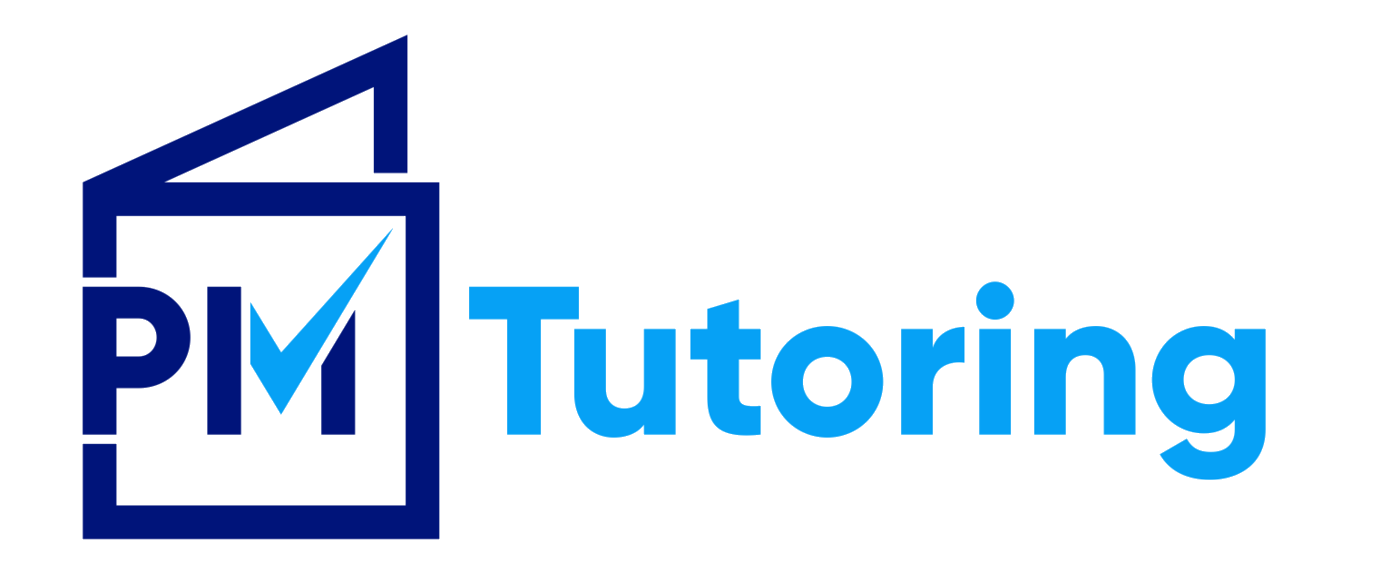The SAT is going virtual. What does this mean?
(Christal Wang, a junior at Thomas Jefferson High School for Science and Technology in Alexandria, Va., took both the digital test and the pencil test last year.
Kirsten Amenatsro, 16, a junior at Potomac Senior High School in Dumfries, Va., was among a select group who tried out the digital SAT in November. She also took the paper-and-pencil version in December.
Natalia Cossio, an 11th grade student from Fairfax County, VA who participated in the digital pilot.)
By now, news that the College Board will be administering their flagship SAT exam virtually in 2024 has made its rounds. Of course, as with any changes, the instant reaction has been panic. Now that we’ve had some time to digest, here are our thoughts:
Note—originally published Feb 2, 2022. Edited April 2023 with further information
The Skinny…
-The newer test will be administered virtually, either on students’ personal devices or one that is provided to them. The test will take place at a secure location (such as a school or, potentially, testing centers down the line).
-The test will be shortened from over 3 hours of total testing to about 2 hours, consisting of two adaptive modules. This means that the difficulty of the second section will depend on performance on the first section. Stronger performance will lead to a more challenging second section (which would also unlock opportunities for higher section scores) and vice versa (it is currently believed that if a student were to receive the “easier” second module, scores on the section would be capped in the mid 600 area). Initial student feedback seems positive- 80% have reported this version of the SAT feeling “less stressful.”
In theory, this should help address variability and volatility in scoring, especially at the higher and lower ends. Computerized Adaptive Testing is nothing new- the GMAT and GRE have been implementing this technology for years, now. The key difference here is that the SAT will be “Section Adaptive” as opposed to “Question Adaptive,” meaning the shifts in difficulty would be implemented between full modules instead of question to question.
-Reading passages will be shorter and “richer”- this is an important distinction, as many are concerned about the transition from paper to screens for Reading Comprehension purposes. These shorter passages will be paired with one question each – the current reading section has 5 passages paired with 10-11 questions each.
Many (including us at PMTutoring) emphasize note-taking and underlining throughout reading passages. The virtual SAT will include annotation tools, but thoughts on their helpfulness and effectiveness cary. Given the shorter passages, note-taking may not be as strong of a technique as it has been in the past.
Note—even if taking the test on a tablet or touchscreen device, it does not appear students will be able to write or draw directly on the test using any type of stylus.
-The grammatical and mathematical content are not changing much. of note, sentence placement will no longer be a feature of the grammar section. It seems that fewer overall grammatical concepts are tested, although it could be argued that the questions test familiar concepts in greater depth.
-The use of a calculator (including an embedded Desmos Graphing Calculator) will be permitted throughout the entire test. Section 3 of the current SAT is a 20 item assessment (spanning 25 minutes) which does not allow for calculator use. Mastery of Desmos seems to be a strong advantage.
What we don’t know:
Will this test have more flexibility in scheduling?
The SAT currently is administered in March, May, June, August, October, November, and December. Some of these dates can be logistically challenging for students and their schedules (particularly, the spring tests coinciding with AP exams, finals, sports, etc). In theory, an adaptive test would allow for flexibility as students would not be taking the same exact test, alleviating concerns of cheating. We DO know that scores will be returned much faster (days, rather than weeks), which is an added benefit. One of our biggest issues with the June test is that historically, it has taken 6 weeks for scores to be returned, which makes planning for next steps a challenge.
Of note, CollegeBoard is emphasizing “Schoolday Testing” to improve access. These are tests administered during the school day, outside of the 7 national testing dates. In the class of 2021, 62% of students who took the SAT did so for free at their school on a weekday.
What type of practice materials will be available?
As of April 1, 2023, there are 4 digital practice tests available on CollegeBoard’s BlueBook app. We are expecting 4 more, for a total of 8, to be released sometime Summer 2024.
How will colleges view and value this development?
CollegeBoard insists that the new test will be aligned (scorewise) with the paper and pencil test. At this time, there are no plans to release any concordance or data supporting this statement, so we are left to take their word for it. That said, as other factors become murkier (GPA, for example- 55% of all students currently graduate with an A average, making it harder to distinguish students based on this data), testing seems to still play an important role in a test-optional world. We will continue to update as we hear more about the reception and rollout of the virtual SAT.
How will students with learning differences be affected?
CollegeBoard maintains that accommodations will be in place for students with learning differences, but the details are not yet clear.


